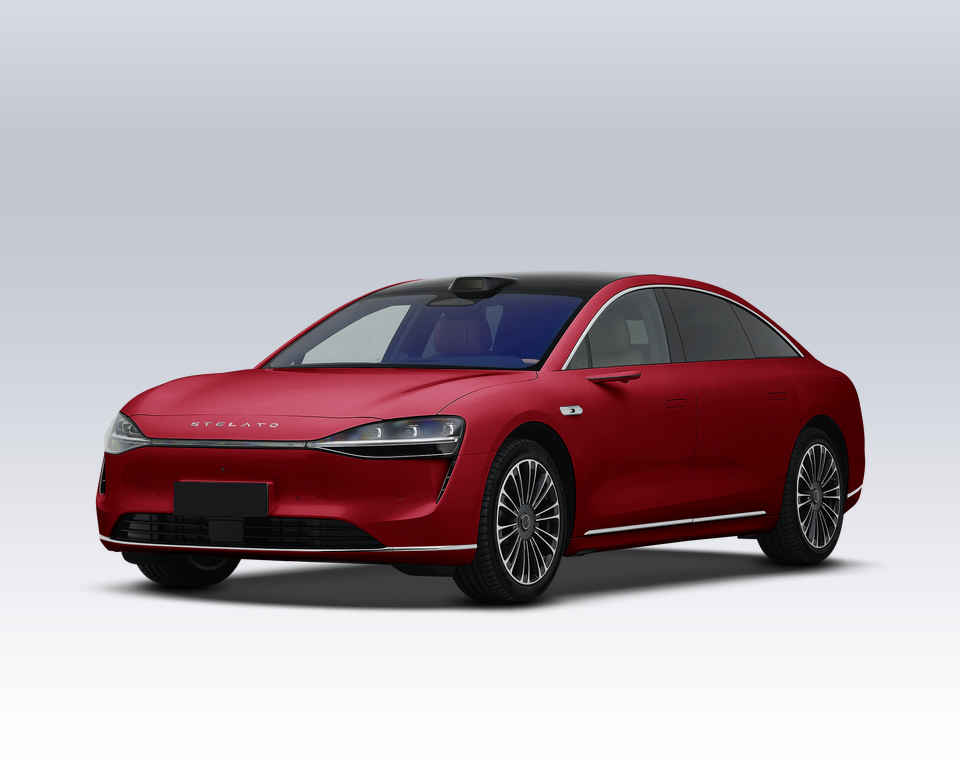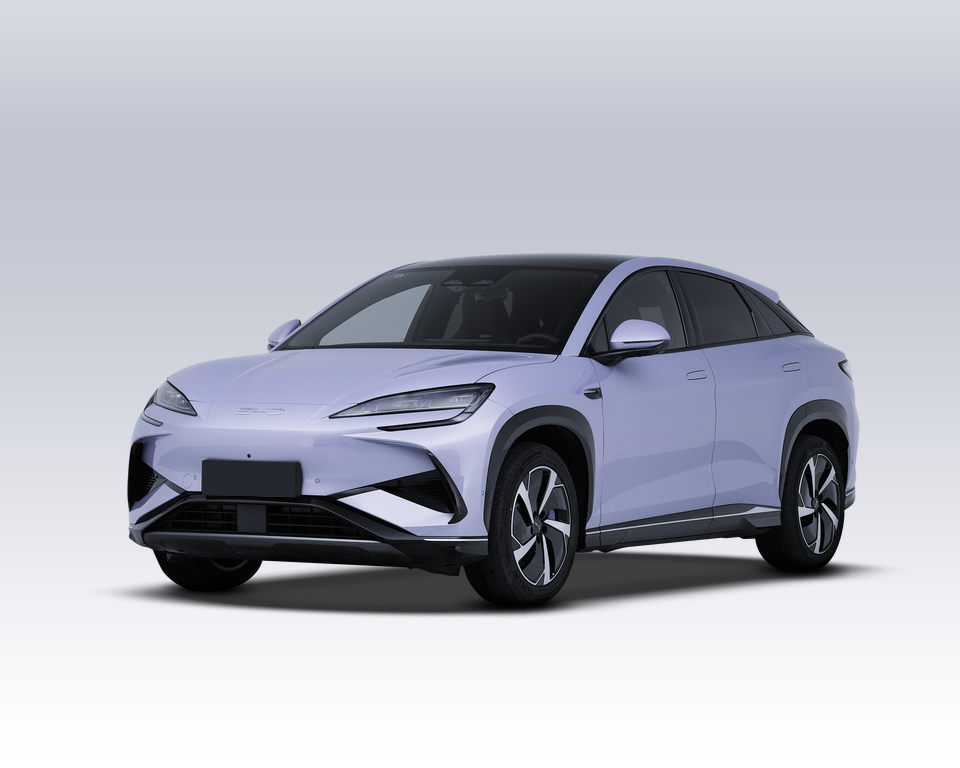Can Chinese Electric Vehicle Use Assisted Driving Features Abroad?
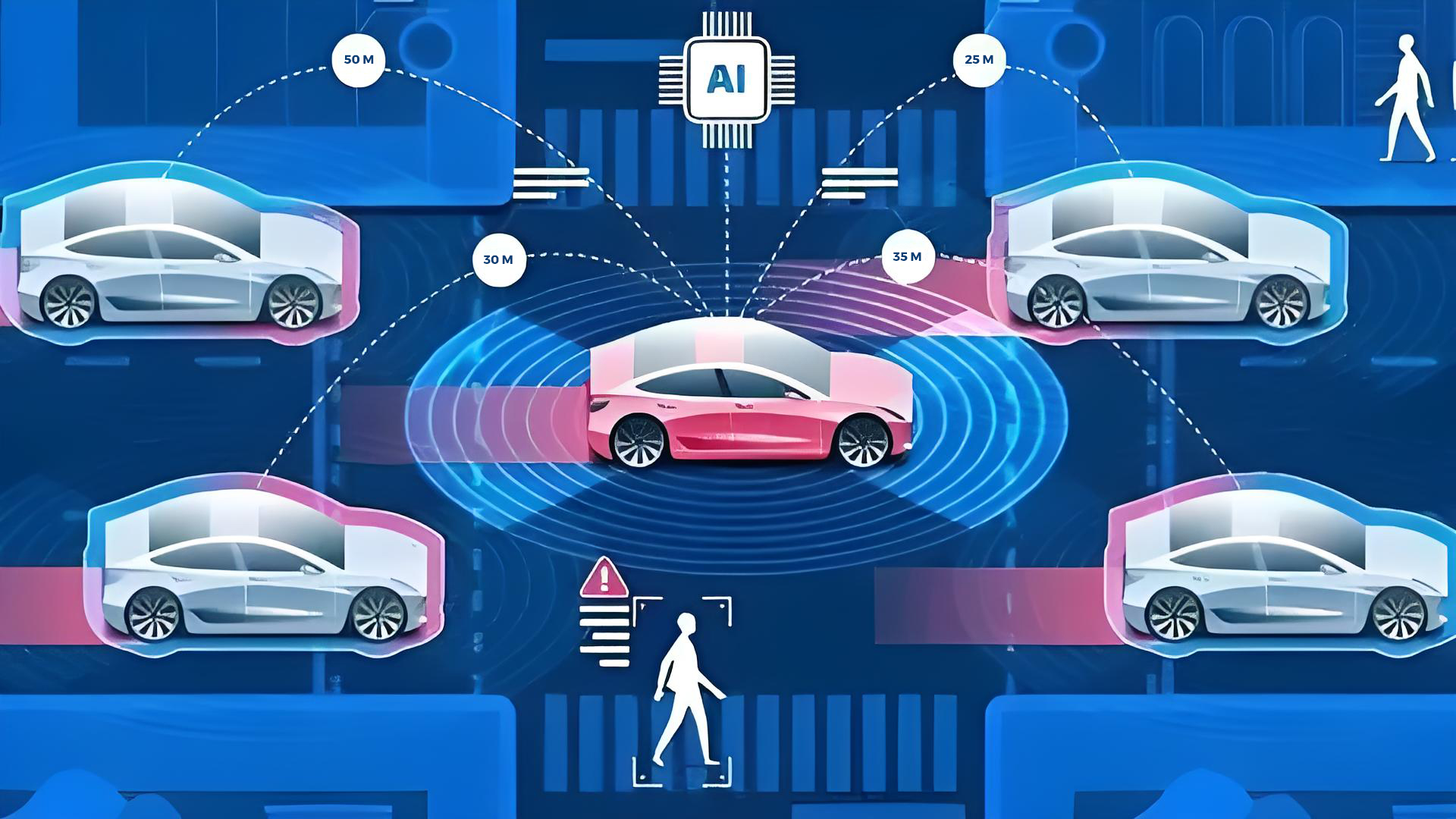
Today, let’s explore a question many overseas car owners are concerned about: can assisted driving features of Chinese-brand electric vehicle (EV) be used abroad? Assisted driving technology is one of the core advantages of Chinese EVs. While there may be some restrictions on using these features abroad, depending on the usage scenario and vehicle configuration, many assisted driving functions remain operational.
Before delving deeper, let’s first understand what assisted driving technology entails. Assisted driving technology is a crucial aspect of modern vehicle intelligence, designed to enhance driving safety and convenience through advanced technology. Current assisted driving systems mainly include lane-keeping assist systems, automatic parking assist systems, brake assist systems, reverse assist systems, and driving assist systems. According to the international SAE J3016 standard, driving automation is categorized into six levels, from L0 to L5: L0 to L2 represent driver assistance, while L3 to L5 represent higher levels of autonomous driving.
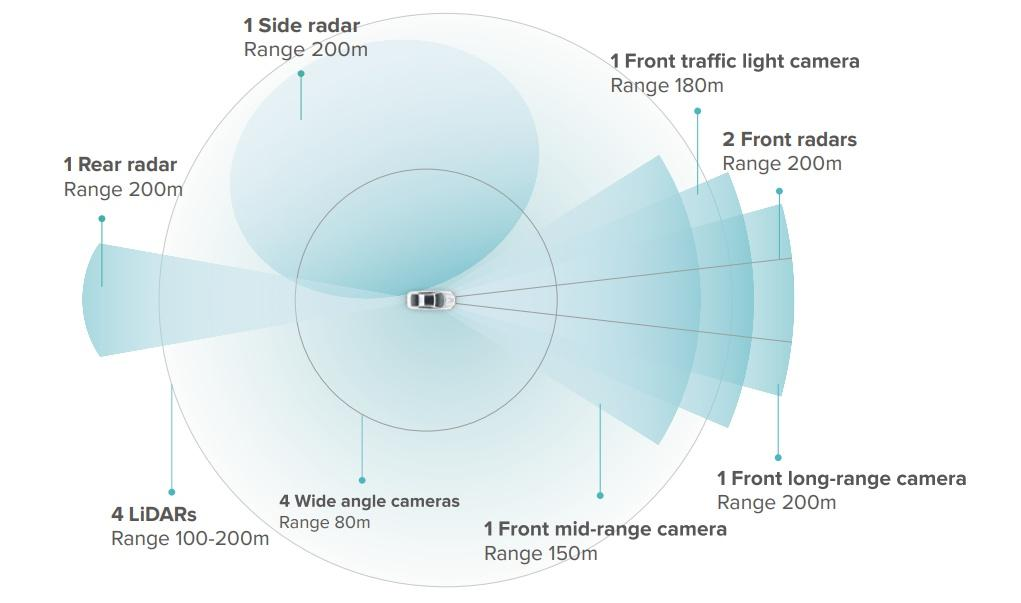
1. Driver Assistance Levels (L0-L2)
Features
- The driver remains the primary decision-maker for all driving tasks.
- The system provides warnings or partial assistance, such as adaptive cruise control and lane-keeping assist.
Applicability
- Generally Available: Most countries allow L0-L2 features, especially fundamental functions like lane departure warnings and automatic emergency braking.
- Sensor and Environmental Dependency: If the vehicle’s sensors cannot recognize local road signs or environmental cues (e.g., faded lane markings, different traffic light designs), functionality might be affected.
Key Functionalities
From the above content, it is clear that the L0-L2 level assisted driving features of Chinese new energy vehicles remain largely functional abroad, even without internet connectivity or OTA updates (Click to learn more). Here, we will focus on some of these key features:
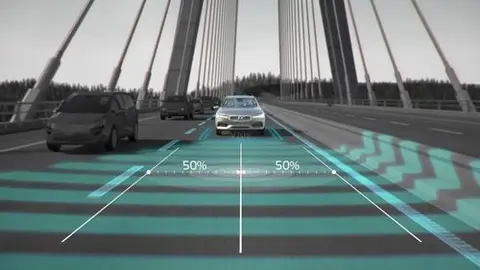
① Adaptive Cruise Control (ACC)
- Function:The most basic intelligent driving assistance function.Automatically adjusts the vehicle’s speed to maintain a safe following distance from the car ahead.
- Typical Scenario: In congested traffic, ACC can automatically handle stop-and-go driving, reducing driver fatigue by minimizing pedal use.
② Lane-Keeping Assist System (LKA)
- Function: Monitors the vehicle’s position within a lane, offering steering assistance or alerts to prevent lane departure.
- Technology:
- Camera Sensors: Detect lane markings.
- Algorithm Analysis: Calculate deviation angles and directions in real time.
- Steering Integration: Adjusts the steering wheel to keep the vehicle centered in the lane.
- Typical Scenario: Ensures stability on highways, even if the driver’s attention momentarily wanes.
- Limitations: Performance may decline in poor weather or on roads with unclear markings.
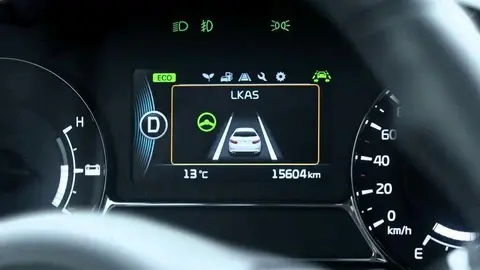
③ Automatic Parking Assist System (APA)
- Function: Assists in parking maneuvers, including parallel and perpendicular parking.
- Technology:
- Ultrasonic Sensors: Measure distances to obstacles.
- Camera Assistance: Provide live images and predictive paths.
- Automated Control: Manage steering, throttle, and brakes to park.
- Typical Scenario: Useful in tight parking spaces in urban settings.
- Advanced Features: Some models support remote-controlled parking via smartphone apps.
- Limitations: Requires adequate space and may struggle in complex environments.
④ Brake Assist System (BAS)
- Function: Enhances braking force during emergencies, reducing stopping distances.
- Technology:
- Sensors: Detect braking speed and force.
- Electronic Control Unit (ECU): Identifies emergency braking situations.
- Activation: Provides additional braking power to stop quickly.
- Typical Scenario: Handles sudden obstacles or emergency scenarios on the road.
- Advanced Features: When integrated with Automatic Emergency Braking (AEB), it can autonomously prevent collisions.
- Limitations: Heavily reliant on the driver’s reaction to initiate braking.
⑤ Reverse Assist System (RAS)
- Function: Detects obstacles and guides the vehicle during reverse maneuvers.
- Technology:
- Ultrasound Radar: Identifies objects behind the vehicle.
- Cameras: Display images and reverse trajectory paths.
- Alerts: Sound or vibration warnings when obstacles are too close.
- Typical Scenario: Essential for reversing in tight spaces or parking lots.
- Advanced Features: 360° panoramic view for enhanced visibility.
- Limitations: May perform poorly in low-light conditions or if cameras are obstructed.
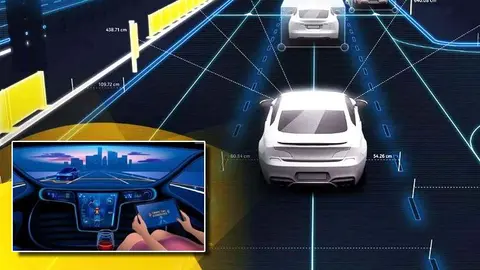
Chinese Electric Vehicle with advanced assisted driving features above the L3 level may require internet connectivity, OTA updates, high-definition maps, and other capabilities. Many countries and regions do not yet support such features. Consumers need to understand the legal requirements of their country to ensure that vehicle functionalities comply with local regulations.
2. Conditional Autonomous Driving (L3)
Features
- The system can perform full driving tasks in specific environments (e.g., highways).
- Drivers must remain ready to take over control of the vehicle at any time.
Applicability
- Regulation Dependent: Some countries, such as Germany and Japan, permit the use of L3 features in designated areas, like highway autonomous driving.
- Mapping and Environmental Limitations: Requires high-definition map support and favorable road conditions. If local map data is incomplete or the system is not adapted, the feature may not activate.
Typical Feature Example
- Highway Assist Driving: The vehicle can automatically accelerate, brake, and change lanes on highways, but drivers must maintain supervision.
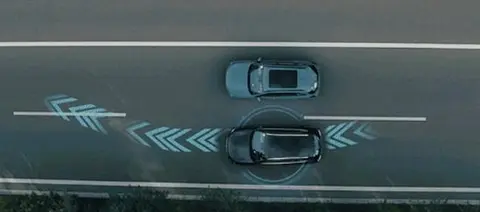
3. Highly Autonomous and Fully Autonomous Driving (L4-L5)
Features
- L4: Operates without driver intervention in limited or predefined areas.
- L5: Fully autonomous operation in all environments and under any conditions, without the need for driver input.
Applicability
- Rarely Applicable: Currently, most countries have not opened public roads for L4-L5 autonomous driving features.
- Technological and Infrastructure Dependence: Requires support from 5G networks, highly accurate sensors, powerful computing capabilities, and well-established legal frameworks.
Typical Feature Examples
- L4: Fully automated parking within designated areas.
- L5: Fully autonomous driving in future urban environments
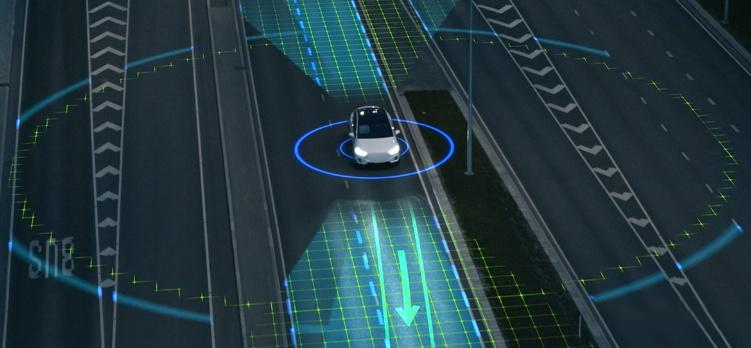
Recommendations
- Consult Before Purchase: Check with dealerships about the compatibility of assisted driving features in your country, including any required upgrades.
- Understand Regulations: Research local laws on autonomous driving functionalities.
- Stay Updated: Follow updates from automakers about adaptations and enhancements for overseas markets.
Conclusion
From basic adaptive cruise control and lane-keeping functions to advanced features like urban NOH (Navigation on Highways), assisted driving technologies aim to ensure safer and more comfortable journeys for all. They serve as a bridge to fully autonomous driving, creating a harmonious ecosystem between people, vehicles, and transportation networks. Chinese EVs offer remarkable convenience, and prospective buyers are encouraged to maintain open communication with dealerships to ensure an optimal experience.



